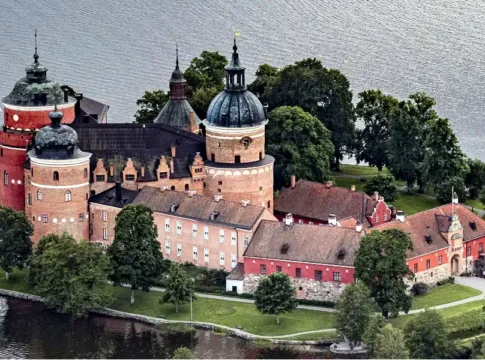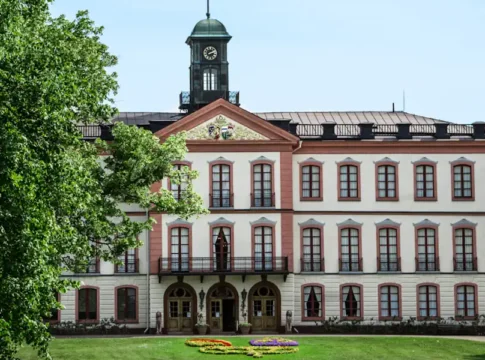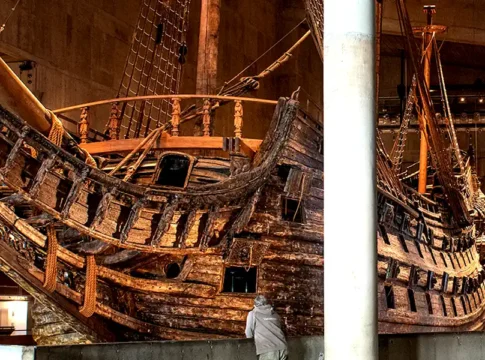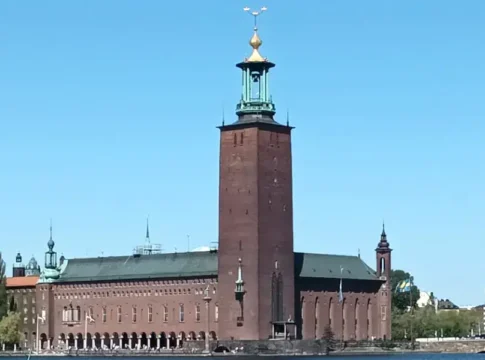The Royal Palace of Stockholm: A Majestic Symbol
The Royal Palace of Stockholm is still a dominant representation of the Swedish monarchy, holding a prominent position at the northern end of Gamla Stan, downtown Stockholm. With its opulent Baroque architecture and rich history, the palace is still a major cultural destination that attracts tourists from all over the world in addition to being a functioning royal dwelling. The palace, which is 230 meters long and 125 meters wide, has more than 600 rooms, making it one of the biggest in Europe. Each area provides a glimpse into centuries of architectural magnificence, ceremony, and custom.


Origins in history
The medieval Tre Kronor Castle was destroyed by fire in 1697, and the present Royal Palace is located on its remains. Soon after, under the direction of architect Nicodemus Tessin the Younger, reconstruction got underway. In order to reinvent the location, Tessin combined Roman classicism with Baroque drama, drawing inspiration from his studies in France, Italy, and England. The palace became the main center of Swedish royal power when it was formally opened in 1754, under the reign of King Adolf Fredrik and Queen Louisa Ulrika.
Magnificence of architecture
With its symmetrical façade, imposing staircases, and elaborate interiors, the palace is a prime example of Baroque architecture. The throne rooms and ceremonial halls, which showcase the opulent design and craftsmanship of 18th-century Sweden, frequently astound visitors.
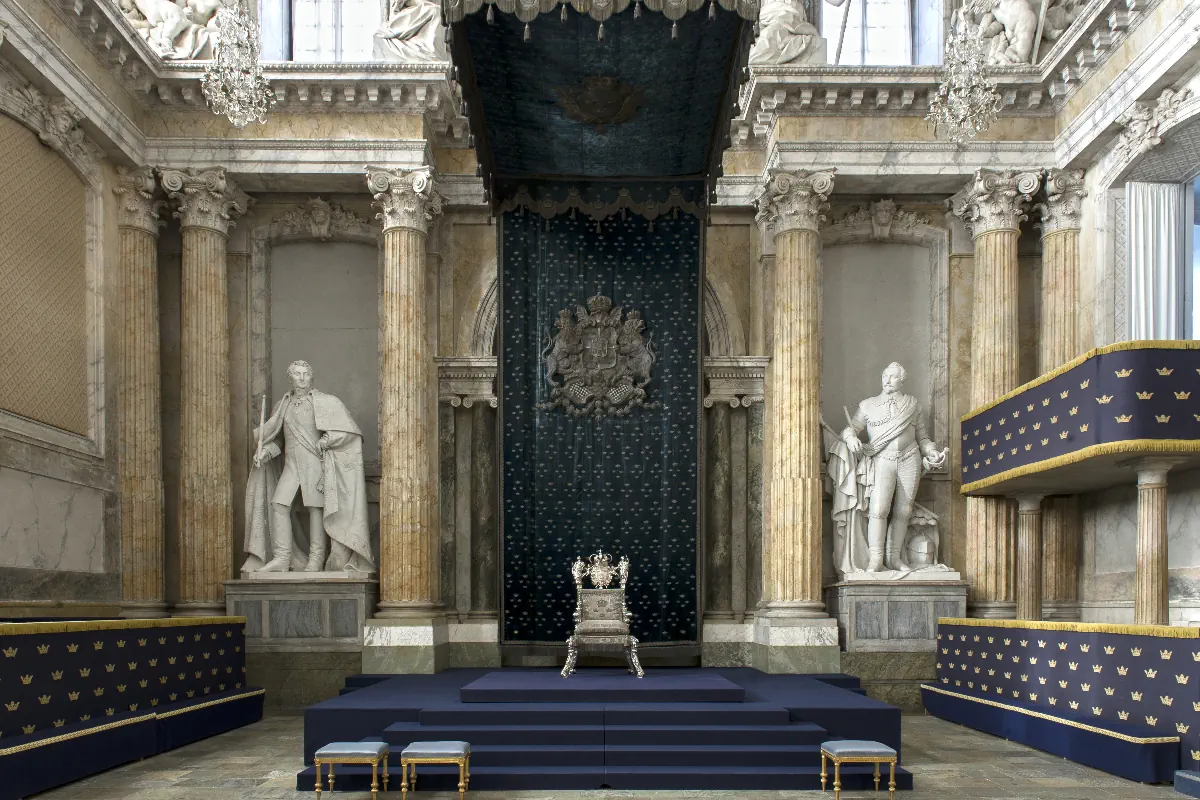
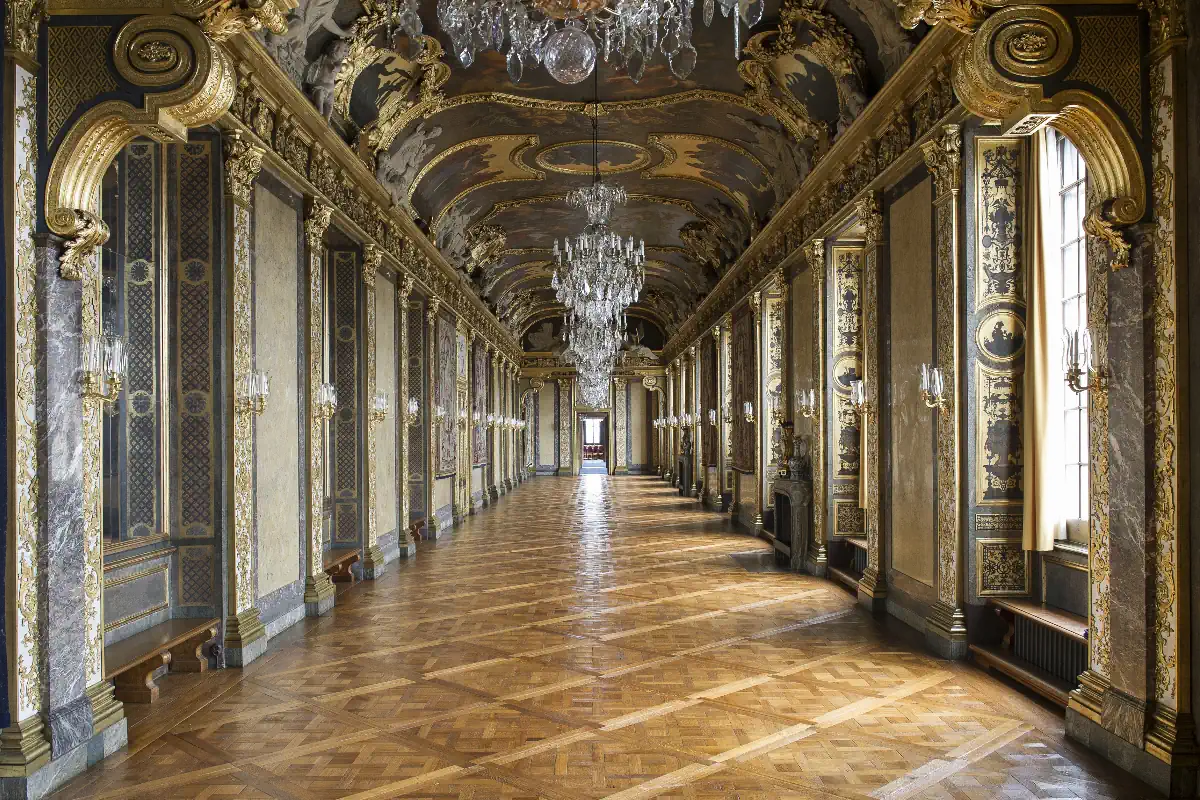



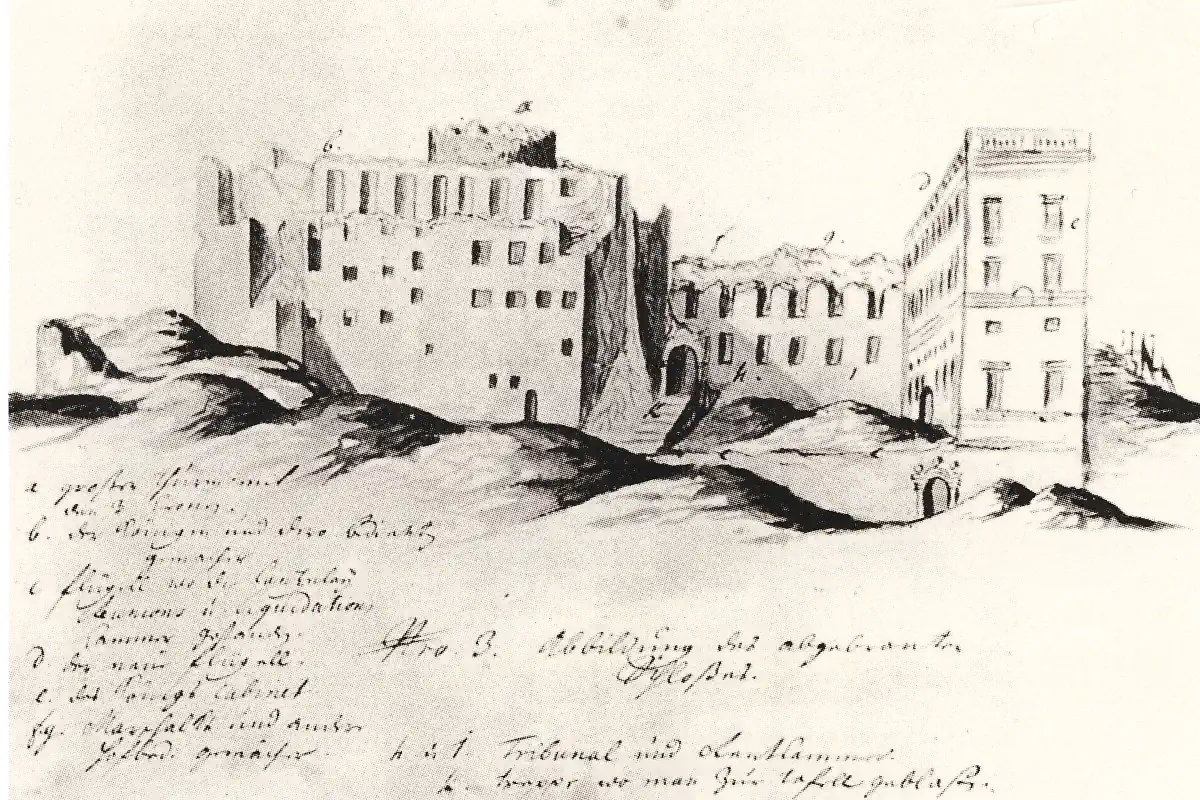
Important points of interest
- The Royal Apartments: Explore opulent chambers furnished with royal furnishings, tapestries, and exquisite artwork from Sweden’s regal history.
- Discover the Swedish Crown Jewels and an impressive array of regalia, such as ceremonial swords, scepters, and crowns, in the Treasury.
- Explore one of the oldest museums in the world, the Armoury, which features antique vehicles, weapons, and regal attire.
- Experience the Changing of the Guard, a longstanding custom that is carried out every day throughout the summer and symbolizes the monarchy’s continued influence on Swedish culture.
Contemporary Significance
Today, the royal family primarily resides at Drottningholm Palace. Nevertheless, the Stockholm Royal Palace remains the official residence of the monarch. It regularly hosts state ceremonies, royal receptions, and official functions, reinforcing its central role in Sweden’s modern constitutional monarchy.
Visitor Information
- 🕰️ Opening Hours:
- Summer: Daily, 10:00 AM–5:00 PM
- Winter: Tuesday–Sunday, 10:00 AM–4:00 PM
- 📍 Address: Slottsbacken 1, 111 30 Stockholm
- 🚶♀️ Getting There: Conveniently located in Gamla Stan. Easily reached by metro (Gamla Stan station), city bus, or a short walk from central Stockholm.


